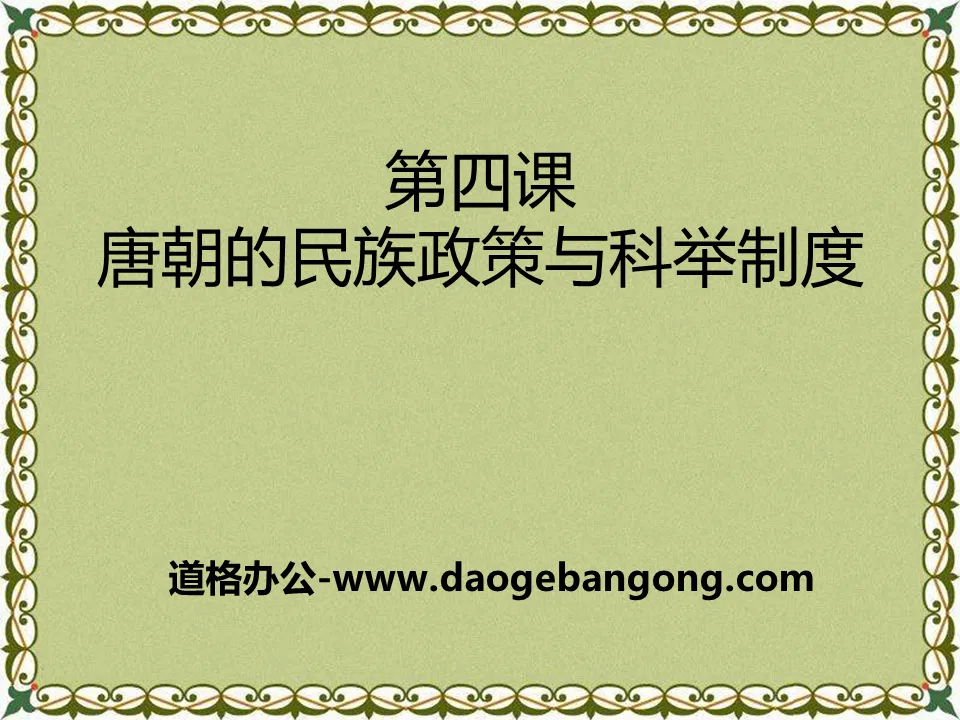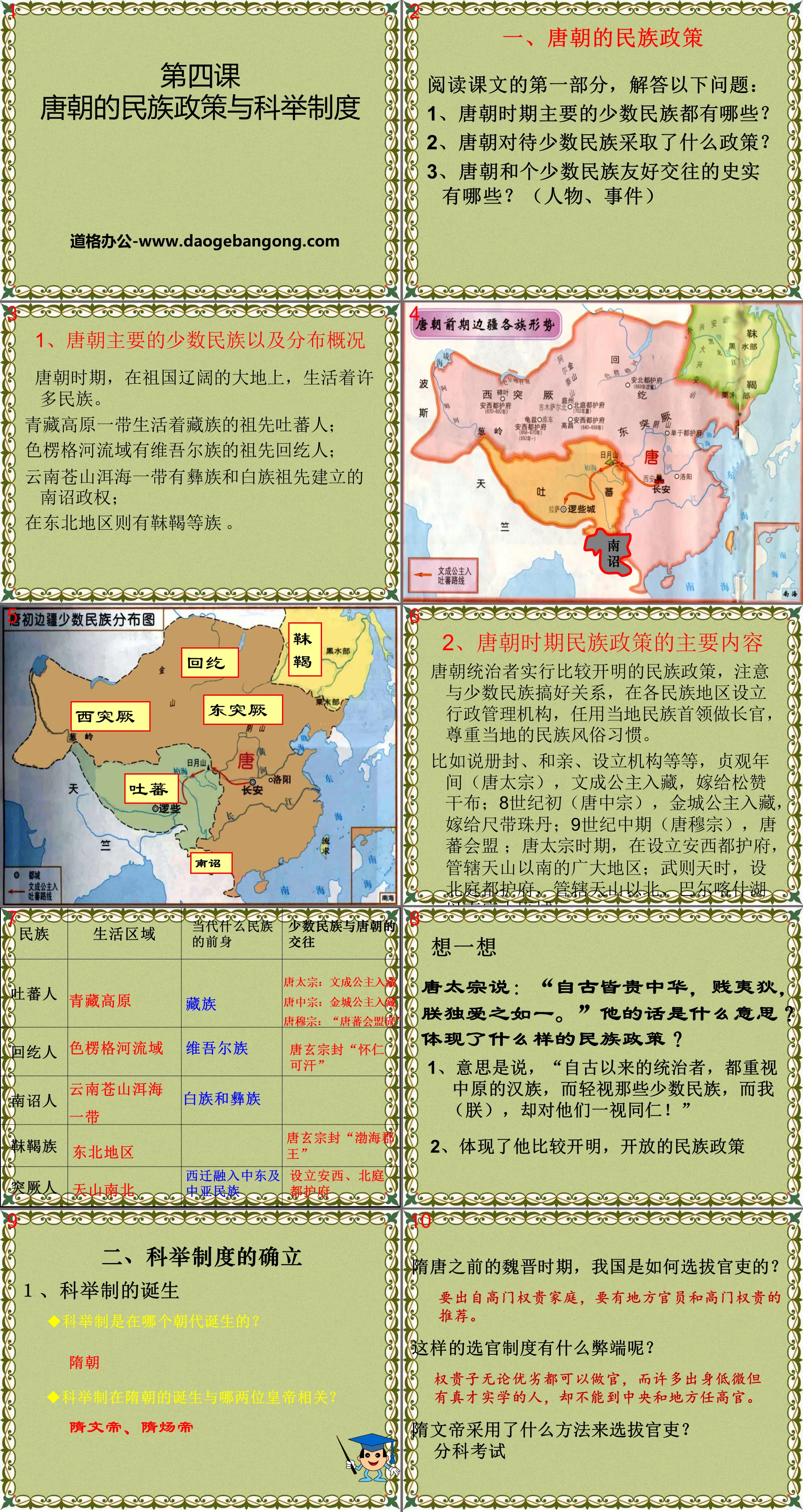The second volume of history for eighth grade compiled by the People's Education Publishing House
Zhonghua Book Company Edition Eighth Grade History Volume 2
People's Education Press Seventh Grade History Volume 1
People's Education Edition Eighth Grade History Volume 1
Zhonghua Book Company Edition Seventh Grade History Volume 2
Volume 1 of the seventh grade history compiled by the People's Education Publishing House
Yuelu Edition Seventh Grade History Volume 2
People's Education Edition History and Society 9th Grade Part II
People's Education Press History and Society Grade 7
People's Education Edition Eighth Grade History Volume 2
East China Normal University Edition Seventh Grade History Volume 1
People's Education Press Seventh Grade History Volume 2
People's Education Press History and Society Grade 9
People's Education Press Ninth Grade History Volume 2
People's Education Press History and Society for Grade 8 Volume 1
Yuelu Edition Seventh Grade History Volume 1

| Category | Format | Size |
|---|---|---|
| Zhonghua Book Company Edition Seventh Grade History Volume 2 | pptx | 6 MB |
Description
"Ethnic Policies and Imperial Examination System of the Tang Dynasty" Prosperous and Open Society - Sui and Tang Dynasty PPT Courseware 2
1. The ethnic policies of the Tang Dynasty
Read the first part of the text and answer the following questions:
1. What were the main ethnic minorities during the Tang Dynasty?
2. What policies did the Tang Dynasty adopt towards ethnic minorities?
3. What are the historical facts about the friendly exchanges between the Tang Dynasty and several ethnic minorities? (person, event)
1. Main ethnic minorities in the Tang Dynasty and their distribution overview
During the Tang Dynasty, many ethnic groups lived in the vast land of the motherland.
The Tibetan ancestors, the Tubo people, live in the Qinghai-Tibet Plateau;
In the Selenge River Basin, there are Uighurs, the ancestors of the Uyghurs;
The Nanzhao regime established by the ancestors of the Yi and Bai ethnic groups in the Erhai area of Cangshan Mountain in Yunnan;
In the northeastern region, there are ethnic groups.
2. The main contents of ethnic policies during the Tang Dynasty
The rulers of the Tang Dynasty implemented relatively enlightened ethnic policies, paying attention to maintaining good relations with ethnic minorities, establishing administrative agencies in various ethnic areas, appointing local ethnic leaders as officials, and respecting local ethnic customs and habits.
For example, canonization, marriage, establishment of institutions, etc. During the Zhenguan period (Tang Taizong), Princess Wencheng entered Tibet and married Songtsen Gampo; in the early 8th century (Tang Zhongzong), Princess Jincheng entered Tibet and married Chidaizhudan; 9 In the middle of the century (Muzong of the Tang Dynasty), the Tang and Tibetans gathered for an alliance; during the Taizong period of the Tang Dynasty, the Anxi Protectorate was established to govern the vast area south of the Tianshan Mountains; during the reign of Wu Zetian, the Beiting Protectorate was established to govern the north of the Tianshan Mountains and Lake Balkhash. South vast area.
2. The establishment of the imperial examination system
1. The birth of the imperial examination system
In which dynasty was the imperial examination system born?
Sui Dynasty
The birth of the imperial examination system in the Sui Dynasty was related to which two emperors?
Emperor Wen of Sui Dynasty and Emperor Yang of Sui Dynasty
In the Wei and Jin dynasties before the Sui and Tang Dynasties, how did our country select officials?
He must come from a high-ranking and powerful family and must be recommended by local officials and high-ranking officials.
What are the disadvantages of such an official selection system?
No matter how good or bad the rich and powerful are, they can be officials, but many people who are from humble backgrounds but have real talents and learning cannot be appointed as high-ranking officials at the central and local levels.
What method did Emperor Wen of the Sui Dynasty use to select officials?
subject examination
2. Further development and improvement of the imperial examination system
Which emperors were related to the perfection of the imperial examination system in the Tang Dynasty?
Emperor Taizong of Tang Dynasty
Emperor Taizong of the Tang Dynasty attached great importance to the imperial examination
Emperor Taizong of the Tang Dynasty attached great importance to the cultivation and selection of talents. After he came to the throne, he greatly expanded the scale of Chinese studies, expanded the school buildings, and increased the number of students. During the Zhenguan period, as many as a thousand people took part in the imperial examinations, but only one or two percent were admitted.
Wu Zetian
Wu Zetian pioneered palace examinations and martial arts examinations
Wu Zetian also strongly advocated the imperial examination. She gathered the candidates to the Luoyang palace and personally conducted interviews, thereby creating the palace examination system. She also created the martial arts system.
3. The significance of the imperial examination system
1. The scope of talent selection has been expanded, the employment system has been improved, and people with real talents and knowledge can enter official careers.
2. Improve the overall quality of government officials at all levels and strengthen centralization of power.
3. The Jinshi subject focused on the examination of poems and poems, which promoted the development of Tang poetry.
4. The imperial examination system also has hidden drawbacks. The imperial examination system made a large number of intellectuals obsessed with fame and focused on exams while ignoring the practicality of knowledge.
1. In the history of our country, the first people to take the imperial examination should have lived in
A. Northern and Southern Dynasties B. Sui Dynasty
C. Tang Dynasty d. Ming Dynasty
2. Which emperor said "All the heroes in the world come into my arms"?
A. Emperor Wen of Sui Dynasty B. Tang Xuanzong
C. Emperor Gaozu of the Tang Dynasty D. Emperor Taizong of Tang Dynasty
3. Guo Ziyi, the famous general who put down the "Anshi Rebellion" in the Tang Dynasty, entered his official career through military examination. The martial arts system was founded in
A. During the reign of Emperor Wen of Sui Dynasty B. During the reign of Emperor Yang of Sui Dynasty
C. During the reign of Emperor Taizong of the Tang Dynasty D. Wu Zetian
Keywords: Prosperous and Open Society Sui and Tang Dynasty Teaching Courseware, Tang Dynasty Nationality Policy and Imperial Examination System Teaching Courseware, Zhonghua Book Company Edition 7th Grade History Volume 2 PPT Courseware Download, 7th Grade History Slide Courseware Download, Prosperous and Open Society Sui and Tang Dynasty PPT Courseware download, Ethnic Policy and Imperial Examination System in the Tang Dynasty PPT courseware download, .PPT format;
For more information about the "Prosperous and Open Society Ethnic Policies and the Imperial Examination System of the Sui, Tang, and Tang Dynasties" PPT courseware, please click the Prosperous and Open Society Sui, Tang, and Tang Dynasty Ethnic Policies and the Imperial Examination System ppt tag.
"Ethnic Policies and Imperial Examination System of the Tang Dynasty" Prosperous and Open Society - Sui and Tang Dynasties PPT Courseware 3:
"The Ethnic Policies and Imperial Examination System of the Tang Dynasty" Prosperous and Open Society Sui and Tang Dynasties PPT Courseware 3 Learning Objectives 1. Understand the surrounding ethnic minorities in the Tang Dynasty and the enlightened ethnic policies of the Tang Dynasty. By understanding and appreciating the importance of ethnic friendship, we can form a culture of respect for equality. Based on good...
"Ethnic Policies and Imperial Examination System of the Tang Dynasty" Prosperous and Open Society - Sui and Tang Dynasty PPT courseware:
"The Ethnic Policy and Imperial Examination System of the Tang Dynasty" Prosperous and Open Society Sui and Tang Dynasties PPT Courseware Learning Objectives 1. Master the relationship between Tubo and the Tang Dynasty; understand the social life of Uihe, Sumo, and Nanzhao and their relationship with the Tang Dynasty. 2. Understand the background of the emergence of the imperial examination system in the Sui Dynasty,...
File Info
Update Time: 2024-11-10
This template belongs to History courseware Zhonghua Book Company Edition Seventh Grade History Volume 2 industry PPT template
"Ethnic Policies and Imperial Examination System of the Tang Dynasty" Prosperous and Open Society - Sui and Tang Dynasty PPT Courseware 2 Simple campus recruitment activity planning plan summary enterprise and institution recruitment publicity lecture PPT template is a general PPT template for business post competition provided by the manuscript PPT, simple campus recruitment activity planning plan summary enterprise and institution recruitment promotion Lecture PPT template, you can edit and modify the text and pictures in the source file by downloading the source file. If you want more exquisite business PPT templates, you can come to grid resource. Doug resource PPT, massive PPT template slide material download, we only make high-quality PPT templates!
Tips: If you open the template and feel that it is not suitable for all your needs, you can search for related content "Ethnic Policies and Imperial Examination System of the Tang Dynasty" Prosperous and Open Society - Sui and Tang Dynasty PPT Courseware 2 is enough.
How to use the Windows system template
Directly decompress the file and use it with office or wps
How to use the Mac system template
Directly decompress the file and use it Office or wps can be used
Related reading
For more detailed PPT-related tutorials and font tutorials, you can view: Click to see
How to create a high-quality technological sense PPT? 4 ways to share the bottom of the box
Notice
Do not download in WeChat, Zhihu, QQ, built-in browsers, please use mobile browsers to download! If you are a mobile phone user, please download it on your computer!
1. The manuscript PPT is only for study and reference, please delete it 24 hours after downloading.
2. If the resource involves your legitimate rights and interests, delete it immediately.
3. Contact information: service@daogebangong.com
"Ethnic Policies and Imperial Examination System of the Tang Dynasty" Prosperous and Open Society - Sui and Tang Dynasty PPT Courseware 2, due to usage restrictions, it is only for personal study and reference use. For commercial use, please go to the relevant official website for authorization.
(Personal non-commercial use refers to the use of this font to complete the display of personal works, including but not limited to the design of personal papers, resumes, etc.)
Preview










